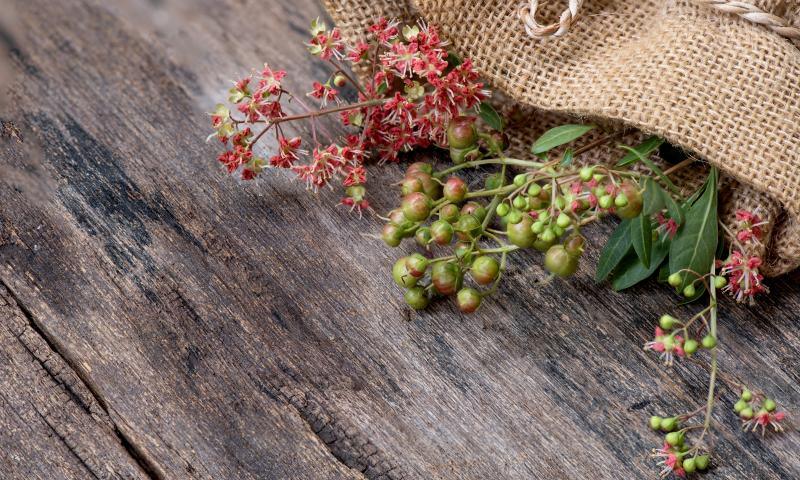 />
/>
Red Henna, scientifically known as Lawsonia inermis, is a fascinating plant that has been used for centuries for its numerous applications, including cosmetic, cultural, and therapeutic purposes. This article explores the botanical characteristics, habitat, chemical composition, historical significance, taste, general health benefits, and indications for use of Red Henna.
Botanical Characteristics and Habitat
Red Henna, a flowering plant, belongs to the family Lythraceae. It is a small, multi-branched shrub or tree that typically grows to a height of 1 to 3 meters. The leaves of Lawsonia inermis are elliptical and green, with small white or pink fragrant flowers that grow in clusters. The most distinctive feature of this plant is its vibrant red dye, which is derived from the leaves' natural pigments.
This plant is native to regions in North Africa, the Middle East, and South Asia, where it thrives in hot, arid climates. It is well-suited to sandy soils and can tolerate drought conditions, making it a hardy and adaptable plant.
Chemical Composition
The leaves of Red Henna contain a complex array of natural compounds that are responsible for its unique properties. The primary active ingredient is lawsone, a reddish-orange pigment that binds to proteins in the skin, hair, and nails, providing the characteristic coloration when applied as a dye. Other compounds found in Red Henna include tannins, flavonoids, and essential oils, which contribute to its fragrance and potential therapeutic benefits.
Historical Significance
Red Henna has a rich historical and cultural significance dating back thousands of years. It has been used in various cultures for body art, hair dyeing, and traditional ceremonies. In ancient Egypt, henna was used to adorn the bodies of pharaohs and Egyptian women. It has also played a prominent role in Indian weddings and festivals, where intricate henna designs are applied to the hands and feet of brides and celebrants.
Taste
Red Henna does not have a taste as it is primarily used externally for its dyeing and cosmetic properties. It is not intended for consumption and should never be ingested.
General Health Benefits
Cooling Effect: In some traditional practices, Red Henna paste is applied to the palms and soles to provide a cooling sensation. This is particularly soothing in hot climates.
Antifungal and Antibacterial: Henna has natural antifungal and antibacterial properties, which can help protect the skin when used topically. It is often used to treat minor skin irritations and wounds.
Hair Conditioning: When used as a hair treatment, Red Henna can improve hair texture, reduce frizz, and add shine. It is a popular natural alternative to chemical hair dyes.
Aromatherapy: The fragrance of henna is pleasant and is sometimes used in aromatherapy for its calming and mood-enhancing effects.
Indications for Use
Red Henna is primarily used for cosmetic purposes and as a natural dye for skin and hair. Here are some common indications for its use:
Body Art: Red Henna is used to create intricate temporary tattoos, often for cultural celebrations, festivals, and weddings.
Hair Coloring: Many people use Red Henna to dye their hair, achieving shades of red, auburn, or brown, depending on the natural color of their hair.
Hair Conditioning: Henna can be applied as a hair mask to improve hair health, promote shine, and reduce frizz.
Skin Soothing: The paste can be applied topically to soothe minor skin irritations and sunburn.
Aromatherapy: The fragrance of henna is sometimes used for relaxation and mood enhancement through the use of henna-infused oils or incense.
Conclusion
Red Henna (Lawsonia inermis) is a remarkable plant with a rich history and diverse applications. Its botanical characteristics, adaptability to arid climates, chemical composition, and cultural significance make it a valuable resource in various parts of the world. While it is primarily used for cosmetic purposes, its potential health benefits and soothing properties have made it a cherished natural remedy for generations. Whether as a form of self-expression through body art or a natural hair dye and conditioner, Red Henna continues to captivate people with its vibrant colors and cultural heritage.
